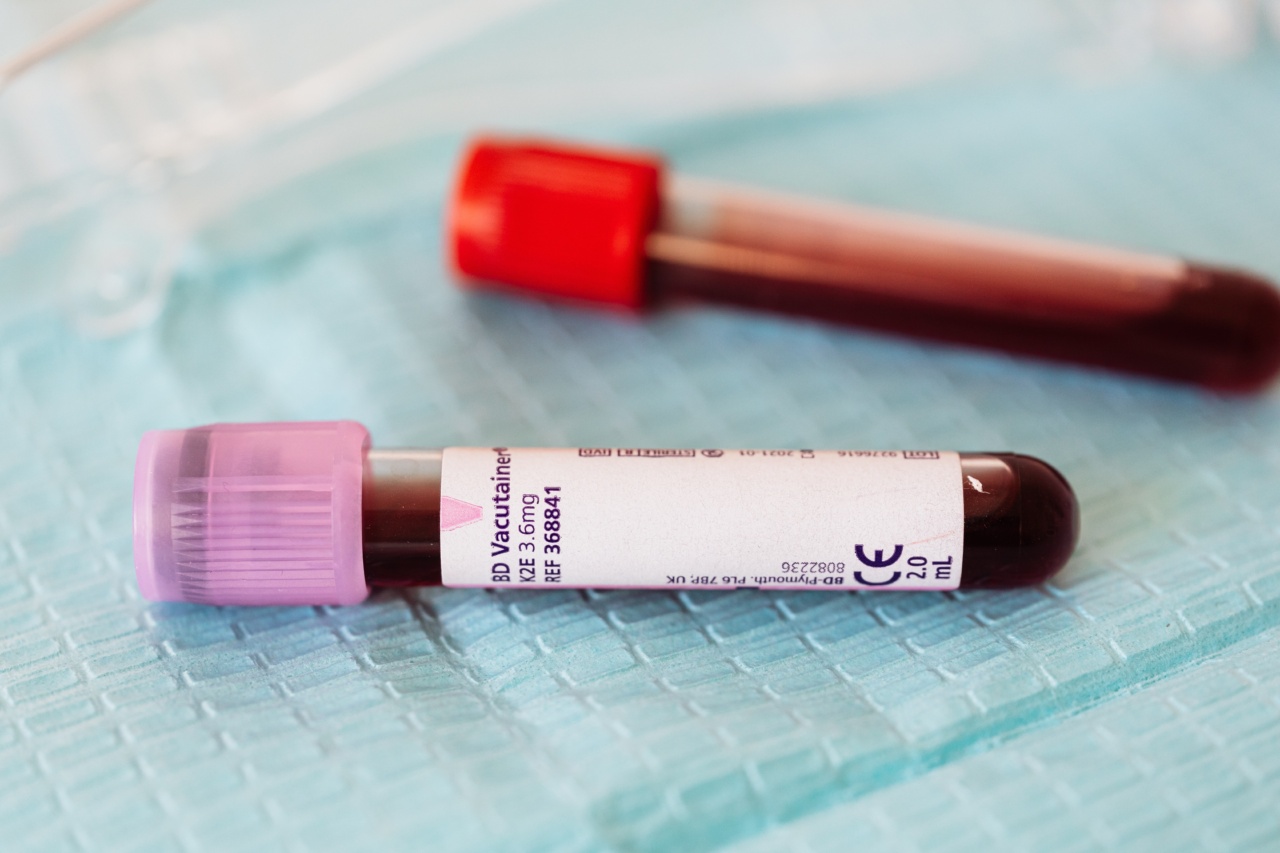High blood pressure, also known as hypertension, is a common condition among adults. However, it is also known that this condition can occur in children and adolescents, and it is an important risk factor for future cardiovascular disease.
According to the American Heart Association, approximately 3.5% of all children and adolescents in the United States have hypertension. High blood pressure in adolescents can lead to various complications, including stroke, heart disease, and kidney disease.
What is blood pressure?
Blood pressure is the force of blood against the walls of the arteries. The measurement of blood pressure is recorded as two numbers: systolic pressure (the top number) and diastolic pressure (the bottom number).
Systolic pressure is the pressure when the heart beats, while diastolic pressure is the pressure when the heart is resting between beats. Blood pressure is measured in millimeters of mercury (mmHg).
How is blood pressure measured in adolescents?
There are various ways to measure blood pressure in adolescents. The most common method is to use an inflatable arm cuff and a stethoscope. The cuff is placed around the upper arm, and the stethoscope is placed over the brachial artery.
The cuff is inflated to a pressure that stops blood flow in the artery, and then the pressure is slowly released while listening to the sounds of blood flow through the artery. The measurement of blood pressure needs to be taken properly, while the adolescent is sitting down with their back supported, feet flat on the floor and arm rested on a flat surface.
What is considered normal blood pressure in adolescents?
For adolescents, blood pressure is classified as “normal” when the systolic reading is less than 120 mmHg and the diastolic reading is less than 80 mmHg.
Pre-hypertension is defined as a systolic pressure between 120-139 mmHg or a diastolic pressure between 80-89 mmHg. Hypertension is considered when the systolic pressure is equal to or greater than 140 mmHg, or the diastolic pressure is equal to or greater than 90 mmHg.
Why is high blood pressure significant in adolescents?
High blood pressure is significant in adolescents because it is a risk factor for future cardiovascular disease.
The longer a person has high blood pressure, the greater the risk for developing complications, such as coronary heart disease, stroke, kidney disease, and vision loss. Studies have shown that hypertension in childhood can track into adulthood, leading to early onset of cardiovascular disease.
What are the causes of high blood pressure in adolescents?
The causes of high blood pressure in adolescents are similar to those in adults. These causes include obesity, unhealthy diet, physical inactivity, and genetics.
Adolescents with a family history of hypertension, heart disease, or diabetes are at a higher risk of developing high blood pressure.
How can high blood pressure in adolescents be prevented?
Prevention of high blood pressure in adolescents involves making lifestyle changes. These changes include maintaining a healthy weight, eating a healthy diet, getting regular physical activity, and avoiding tobacco and alcohol.
It is important to establish healthy habits through childhood and adolescence to prevent hypertension later in life.
How is high blood pressure in adolescents treated?
High blood pressure in adolescents is treated similarly to hypertension in adults. Lifestyle changes, including weight loss, a healthy diet, regular physical activity, and avoidance of tobacco and alcohol, may be sufficient to reduce blood pressure.
In some cases, medication may be necessary to reduce blood pressure. Blood pressure should be monitored regularly for adolescents who have high blood pressure or who are at risk of developing high blood pressure.
Conclusion
High blood pressure is an important risk factor for future cardiovascular disease, even in adolescents. Early identification and management of high blood pressure in adolescents can reduce the risk of complications.
Lifestyle changes in diet, exercise and avoidance of harmful substances, can help in the prevention, and continued monitoring to reduce and maintain stable blood pressure levels.






























